Interconnectivity
Armodoxy for Today: The Advent Series – Interconnectivity
The interconnectivity of God and man is described in Jesus’ next statement, Ask, and it will be given to you; seek, and you will find; knock, and it will be opened to you. For everyone who asks receives, and he who seeks finds, and to him who knocks it will be opened. Or what man is there among you who, if his son asks for bread, will give him a stone? Or if he asks for a fish, will he give him a serpent? If you then, being evil, know how to give good gifts to your children, how much more will your Father who is in heaven give good things to those who ask Him! Therefore, whatever you want men to do to you, do also to them, for this is the Law and the Prophets. (Matthew 7:7-12)
Jesus explains God as Father. As we discovered early in the Advent journey, this designation is uniquely Christian and emphasizes the intimate relationship we may expect with the Creator. He invites us into his holy and sacred family. Just as he refers to God as Father, he has now given us that right and in so doing we become brothers and sisters of Christ.
The Gospel records that one day when the crowds were so large Jesus’ mother and brothers were unable to approach him. Word got to him that, “Your mother and Your brothers are standing outside, seeking to speak with You.” But He answered and said to the one who told Him, “Who is My mother and who are My brothers?” And He stretched out His hand toward His disciples and said, “Here are My mother and My brothers!” (Matthew 12:47-48)
As Armenians, we are identified by the “ian” (or “yan”) suffix to our names, meaning “son of” or “family of.” Appropriately, the word “Christian’ (Christ+ian) is the family of Christ, and today we are part of that godly family. As such we have a responsibility to treat one another with the love and respect that God accords us. What is often called “The Golden Rule” is pronounced by our Lord at this point, “Whatever you want men to do to you, do also to them.” Armodoxy is a testament to the Golden Rule.
In viewing our world, you will now further understand why Jesus’ message was so radically novel and revolutionary at that time and still is today. It speaks of the interconnectivity between God and His creation on a level that is understandable by our actions.
We pray today, Lord, let me be guided by Your Holy words. Help me to keep ever before my mind the feelings and expressions that are from God and necessary for me to share with others. As I want to be loved, may love others. As I want to be forgiven, may I forgive others. As I want to be known, may I know my fellow man. Amen.


